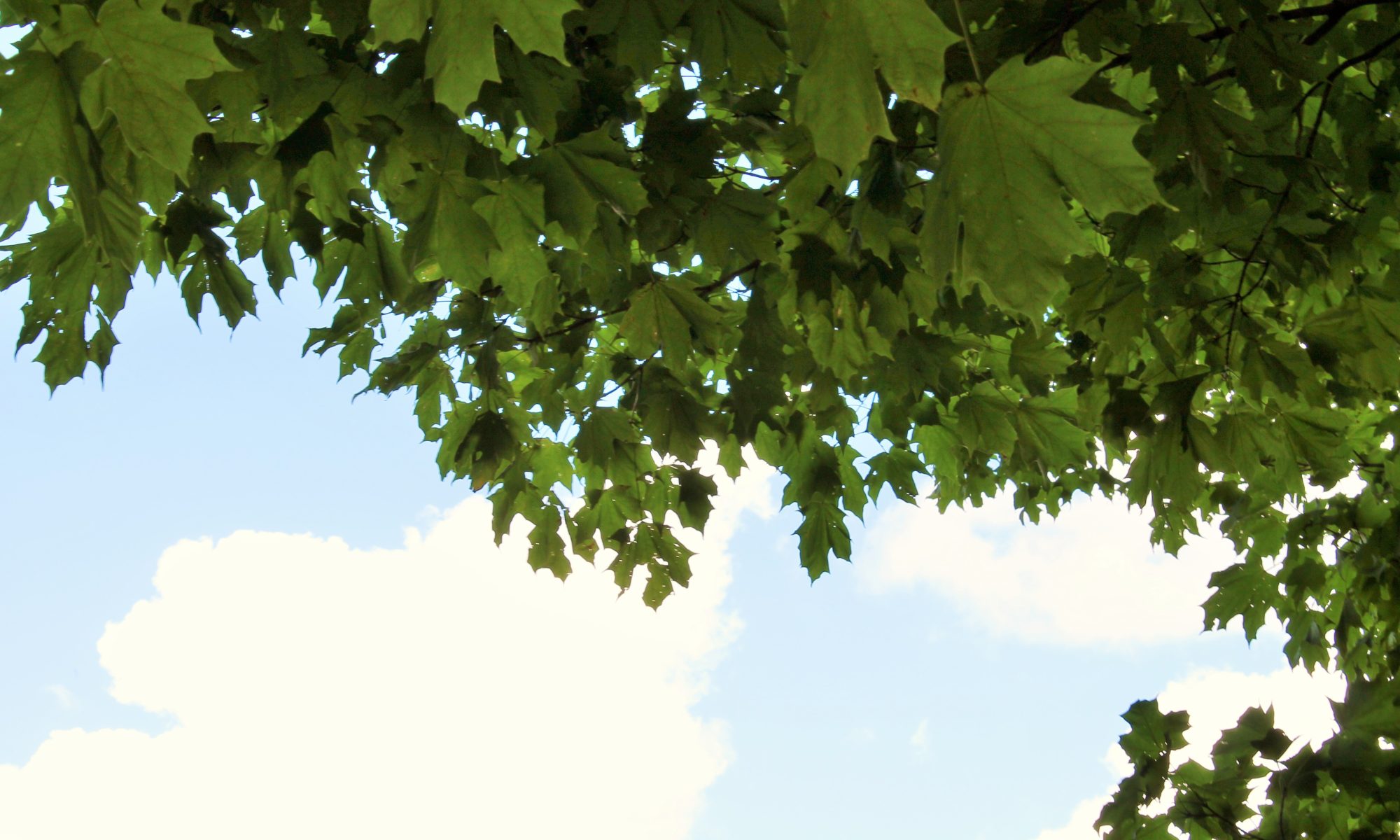Saving energy use in your home starts outside! Strategically placing landscaping, garden plants, and trees around your home can help keep your home cool in the summer and warm in the winter. In addition to reducing the amount of energy you use to heat or cool your home, it will also increase the look of your yard and home by adding beautiful landscape features to it.
3 things that affect your home’s temperature
Air infiltration
This happens mostly in the winter or during periods of cold weather accompanied by strong winds. When the wind blows, it can penetrate through the walls of your house. This is even more problematic in older houses because they have had more time to settle and more time for small cracks to develop. It also can be a problem in newer houses so nobody is truly immune to the effects of the wind when it is cold outside.
Solar radiation
Solar radiation is essentially the energy your roof and walls are exposed to from the sun. In Northern climates during the summer months, your roof is exposed to high levels of solar radiation (and year-round in warmer climates). This essentially soaks into your home causing you to increase your air conditioning bill. However, it is an advantage in colder climates to let solar radiation warm your house in the winter. To help conserve the energy you use to control the temperature in your home, you should minimize solar radiation in the summer and maximize it in the winter.
Heat conduction
Heat conduction is somewhat similar to solar radiation with one exception being it is the energy your home absorbs from the walls as opposed to the roof. Keeping the walls of your house shaded during the warmer months will drastically lower the amount of energy you use to cool your home. The more shade you provide for your home during the warmer months, the easier it will be to control the temperature inside your home in addition to reducing the amount of energy it takes to do this.
Summer time energy reduction
One of the easiest ways to increase the amount of shade your house is in during the summertime but ensure it will get plenty of solar radiation in the winter to keep it warm, is to plant deciduous trees. The reasoning behind this is because deciduous trees will lose their leaves in the fall. So, during the summer, the large canopy of leaves will provide your roof will plenty of shade. When they lose their leaves in the fall, it will allow the solar radiation to reach your roof and keep your house warmer than it would if your roof was in the shade. In addition to planting deciduous trees to shade your roof, you can increase the shade your house is in by planting climbing vines and tall shrubs that grow vertically along an exterior wall of your home (typically on the Southern or Western side which receives the most summer sun).
Winter time energy reduction
Luckily, some of the tips for summer time energy reduction also help during the winter. As mentioned earlier in the article planting deciduous trees that drop their leaves will allow your house to take advantage of the sun’s warmth in the winter. In addition to that, vines and shrubs that grow along an exterior wall to provide extra shade in the summer can help your house encounter less strong wind directly against it which in the winter seems to suck all the heat out of your house. As far as protecting your house from those frigid winter winds, you might want to consider planting various types of evergreen hedges that grow wide and tall. In addition to helping in the winter to protect from the wind, they will help shade your house in the summer too! As far as where to plant these, you will want to start planting them on the side of your home that is most exposed to the wind. If your goal is a windbreak in the winter, and shade in the summer, you will want to make sure you plant them close enough to your house, so they will shade your home in the summertime.

